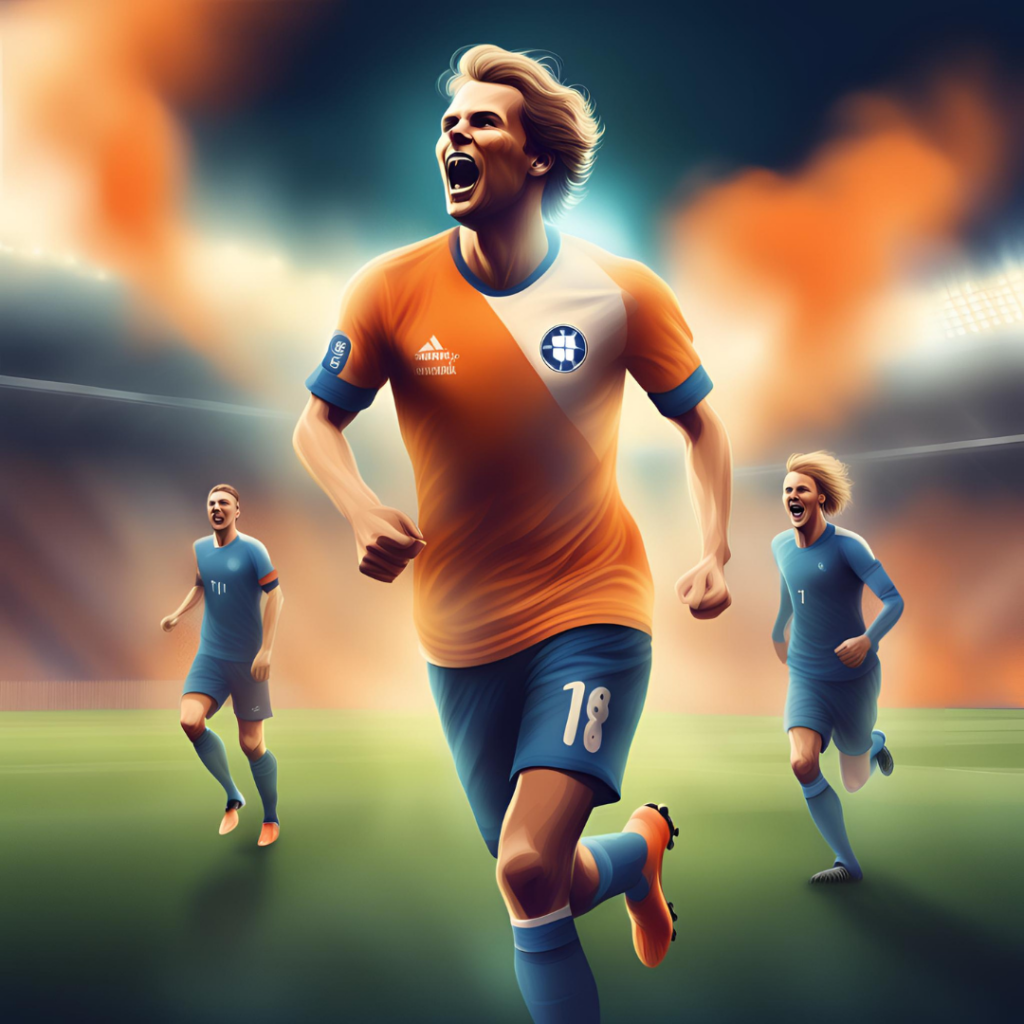Dutch football, which is known for its enriched history and innovative tactics, has seen a remarkable change in its domestic league – Eredivisie over the years. This revival entails a renewed focus on youth development, investment strategies, and an appreciation for attractive attacking football. In this paper, we are going to explore how the Eredivisie is making a comeback and becoming Europe’s soccer powerhouse again.
Reviving Youth Development
One of the main pillars of Dutch Soccer resurgence is their strong youth system. Some clubs like Ajax, PSV Eindhoven, and Feyenoord have been famous for their academies that produce top talent. Recently these teams have invested more in shaping young players making them better technically skilled professionals.
The model set by Ajax Academy De Toekomst (“The Future”) has been replicated across the league with clubs investing heavily in youth facilities and coaching. The club’s emphasis on technical skills, tactical understanding, as well as professional behavior among players, has helped it develop talents such as Frenkie de Jong and Matthijs de Ligt.
Strategic financial investments
Financial stability was key in the Renaissance of Eridivise. In effecting this approach to finance, Dutch clubs have balanced their books while investing strategically in both talent and infrastructure. In addition, it showed that each club could identify young talents nurture them to maturity then sell at profit thus reinvesting into their squads and facilities.
For instance, Ajax’s Champions League run in 2018-2019 where they reached the semi-finals shows this strategy of theirs worked out well having a mix of home-groomed youngsters plus smart purchases. The money obtained from player sales along with European competition allowed Ajax to stay financially healthy yet competitive as well.
Tactics creativity together with appealing football
Johan Cruyff being one of the legends associated with Dutch football makes it synonymous with tactical innovation; hence we cannot deny this fact about Dutch soccer style. For instance, Eredivisie has always given priority to attractive attacking football with a focus on ball possession and fluidity of movement. The style is entertaining for supporters but also prepares players for the top European leagues’ demands.
Modern tactical approaches have been introduced by managers such as Erik ten Hag at Ajax and Roger Schmidt at PSV Eindhoven. Ten Hag’s Ajax of high press and fast transition plays and Schmidt’s PSV which tends to play vertically, show the different tactics employed in the Eredivisie.
European Competitiveness – Domestic Success
Moreover, another proof of the comeback is the increasing competitiveness shown by its teams in various European tournaments. Through this league profiling, Ajax made deep runs in both the Champions League and Europa League thus proving to the world how good they are. Other Dutch clubs like PSV and Feyenoord have also done well in Europe competitions helping a lot to boost the league image.
In domestic terms, the Eredivisie has become more intense with sides such as AZ Alkmaar and FC Utrecht competing alongside the traditional big three. Thus there is increased competition which has raised standards for each match becoming more thrillingly unpredictable every week.
The Role of Fans & Community
The passionate support from Dutch football fans was one major aspect that drove a revival of Eredivisie. Clubs have built strong affiliations in communities that make fans feel connected and invested with their teams. This support becomes very crucial during tough times such as Covid-19 pandemic cases.
What is more, the stadiums in the country are vibrant and the match day experience of several clubs also has been improved greatly. The connection between these clubs and their communities has become stronger as they have worked on improving fan involvement initiatives aimed at promoting youth participation as well as upgrading stadium facilities.
Conclusion
Dutch soccer’s comeback of Eredivisie is a testimony that the game’s strength remains strong. By rejuvenating the youth development system, making smart investment decisions, innovating tactics, and having support from their communities, Dutch teams are regaining their status in Europe’s top football leagues. This means that as far as success in European club competitions and domestic challenges is concerned, there is a bright future for fans and players following the renaissance of Eredivisie. Therefore, this revolution in Dutch football is not just an attempt to regain past glory but instead represents a confident leap forward that will ensure sustained progressiveness for years to come.


